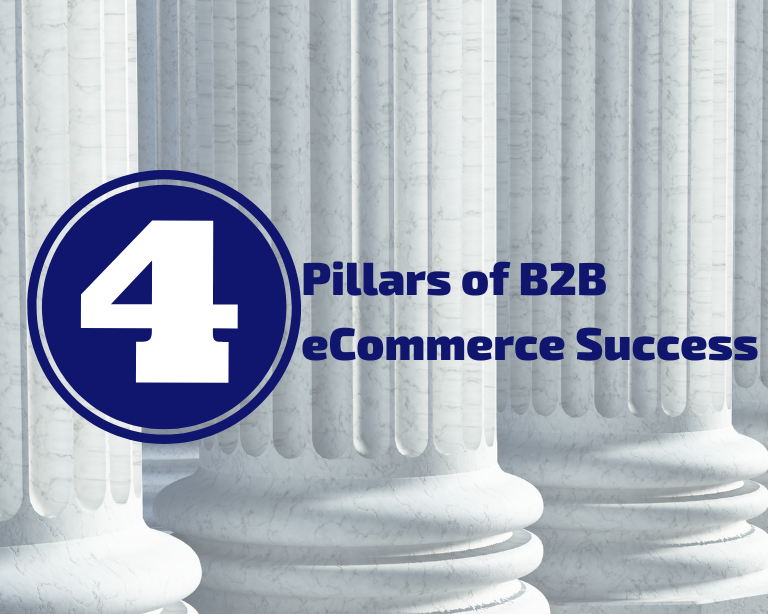The sooner all data is made easily accessible as Common Knowledge, the greater value it has. So, how do you think managing a vineyard, selling wine, and eCommerce all come together?
Liberty Wine Vineyard is one example of how to make a PIM that single source of all corporate information: Read the Liberty Wine Vineyard Case Study. At Liberty Wines, Perfion is the source for a growing amount of meta data:
- Tasting Notes
- Vineyard and Vintage Information
- Data about the wine (how much sugar, organic/vegan/vegetarian)
- Recommendations
- And various other bits and pieces
The number of SKUs is about 9,000, growing by 1,500-2,000 every year. Liberty Wine Vineyard has a Multi-Channel Marketing strategy and approaches their customers through a wide range of channels and publications, supported by Perfion:
- Catalogs
- Newsletters
- Fact sheets
- Wine lists
- Tasting sheets
- Pricelists
- Website
A PIM that lives as the Common Source or reference point for all corporate knowledge ensures that the next step or phase in your Value Chain can depend on the previous work’s accuracy and timeliness, instead of having to reinvent the wheel, freeing up significant resources that can be applied to value and revenue creating activities.
Read this Guide and learn the five benefits that PIM creates for your business from procurement to after-market services: How to optimize the entire value chain with PIM
A Demonstration is free but what you learn is invaluable: Contact Us.



